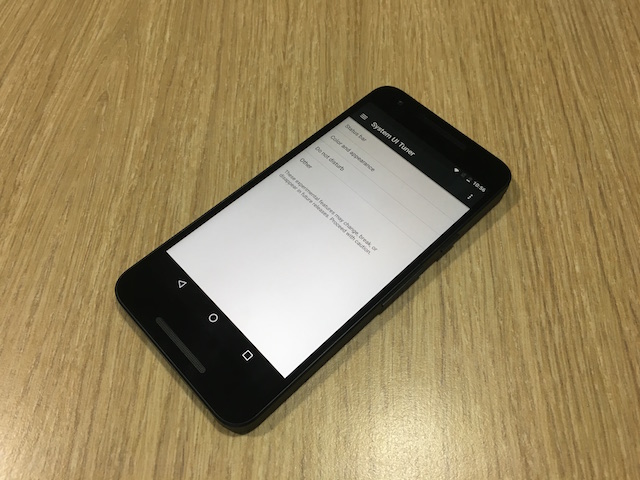

The original implementation removed an entire column of icons to make room for huge index letters. The most prominent change is the fixed app drawer, which looks much better than the Preview 1 version. This has been built into AOSP forever but turning it on before required a rooted phone-now it’s very easy. There’s an option to show a percentage readout in the battery status bar icon, which has been a favorite feature of modders. The UI tuner was introduced in the first version of Android M and only let you rearrange the power control pulldown, but now it has been expanded with status bar options. The other big additions are the new System UI Tuner options. Preview 2 of the next Android now supports auto-rotate that also allows landscape orientation for devices, which normally is optimized for large screen devices or specifically tablet computers.

After all, this is a developer preview. Ars Technica tested Android M Preview 2 on the Nexus 5 and 6 and shared a few of its observations: Rotating Home Screen: The Android M Developer Preview 2 is less about showing off new changes and more about (near) finalizing the many new APIs coming with Android M so developers can test them out prior to the final release. The first of them is now available for the Nexus 5 and 6. If you’re like me and absolutely want and need the latest updates, you might have already flashed Android M Developer Preview 2 onto your Nexus when it arrived last week. Look at here now and get the best tips from this site. That isn’t the case with Android M, which Google says will receive monthly Over-The-Air (OTA) updates. Last week Android M Developer Preview 2 arrived on scene. The Android L developer preview remained largely static in the time between its launch and Lollipop’s official release. It’s filled with tons of new features, security enhancements, tweaks to the look and feel of Android 5.1 Lollipop, a new “Doze” battery saving feature, USB Type-C support, dark theme for settings, automatic app backups, and even multi-window mode. On May 28th at the annual Google I/O developer event, Google revealed the next version of Android, dubbed Android M for now.


 0 kommentar(er)
0 kommentar(er)
